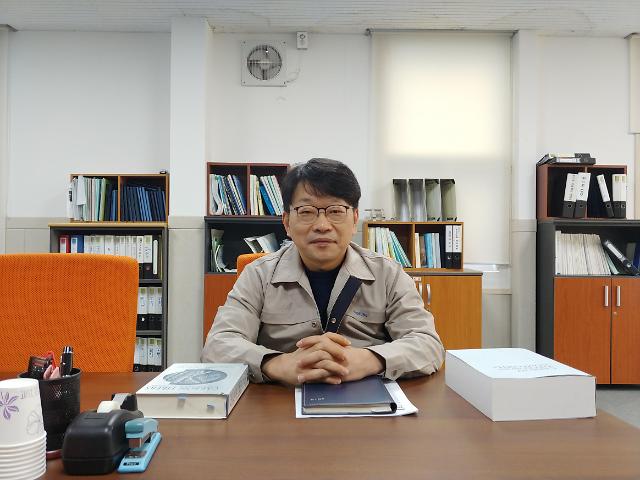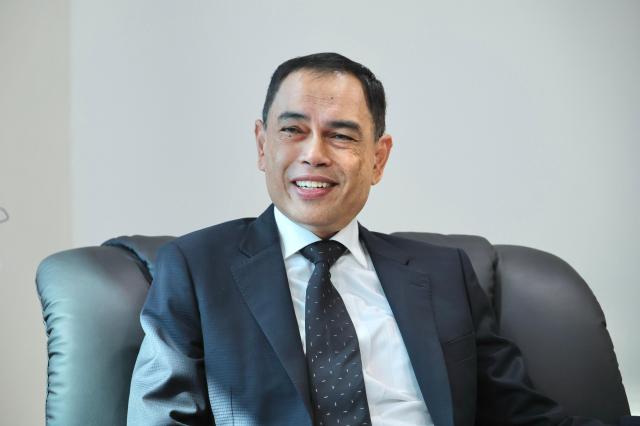
Hyosung R&DB Labs director Kim Cheol [Courtesy of Hyosung Group]
"Everybody didn't want it, but it's created by Japan's trade retaliation," Hyosung R&DB Labs director Kim Cheol in charge of carbon fiber research said in an interview with Aju Business Daily. "I think it's fortunate that the ongoing expansion of production facilities can speed up the localization of carbon fiber."
At the height of a trade dispute between Seoul and Tokyo in August, Hyosung, which was the first South Korean company to produce carbon fiber, announced a pre-emptive investment of one trillion won ($855 million) by 2028 to expand production in its carbon fiber plant in Jeonju, 188 kilometers (116 miles) south of Seoul. The company aims to become the world's third-largest carbon fiber producer by increasing its market share from two percent to 10 percent.
President Moon Jae-in hailed Hyosung's pre-emptive investment as timely and pledged all-out support to nurture carbon fiber as South Korea's new growth engine, saying it would become a strategic national industry to reduce dependence on core materials from Japan.
Carbon fiber is a strategic commodity that will be directly affected by Japan's trade restrictions.
Kim urged the government to help companies make "choice and focus." "Trying to solve everything on its own by market size or technology level in our country can have inefficient results. The government needs to think about how to help companies set and develop their own direction and guide them in the right direction."
Unlike electronics and IT, material and component industries have very long breaths, requiring a long-term strategy, Kim said. "Whether initiated by the outside or by our own needs, the current interest in the development of the material industry is highly desirable. However, we should not move too quickly because it is largely driven by the outside world," he added.
Moon has led a national campaign to adopt hydrogen fuel cells and electric batteries as a mainstream fuel in the future, with a roadmap to produce 6.2 million fuel cell vehicles for domestic consumption and exports by 2040. Hyosung predicts rapid growth in the market for carbon fiber, which is used in the fuel tanks of hydrogen vehicles.
"Previously, carbon fiber had been used on a limited basis due to high prices and process difficulties, but now prices are lower and usage is gradually increasing due to new process development," Kim said, adding carbon fiber is now essential for storage tanks of hydrogen fuel cell vehicles while research is underway to apply carbon fiber to other parts.
"In the future, we expect to use much more carbon fiber than we do now because its use will be expanded to include ordinary cars," the researcher said.
Hyosung is not the only company to speed up carbon fiber research and production. In November, Skyflex, a carbon fiber reinforced plastic (CFRP) composite material produced by SK Chemical, was used as the engine hood of Hyundai Motor's i30N Project C.
CFRP is a material made by curing carbon fiber-impregnated resin to increase the strength. It has been used for airplanes, tennis rackets, fishing rods, and others because they are lightweight and mechanically very strong. SK Chemical described Skyflex as the future of lightweight automobiles as it facilitates more accurate molding than other materials.
(This interview was conducted by Aju news reporter Yang Seong-mo)
Copyright ⓒ Aju Press All rights reserved.




View more comments